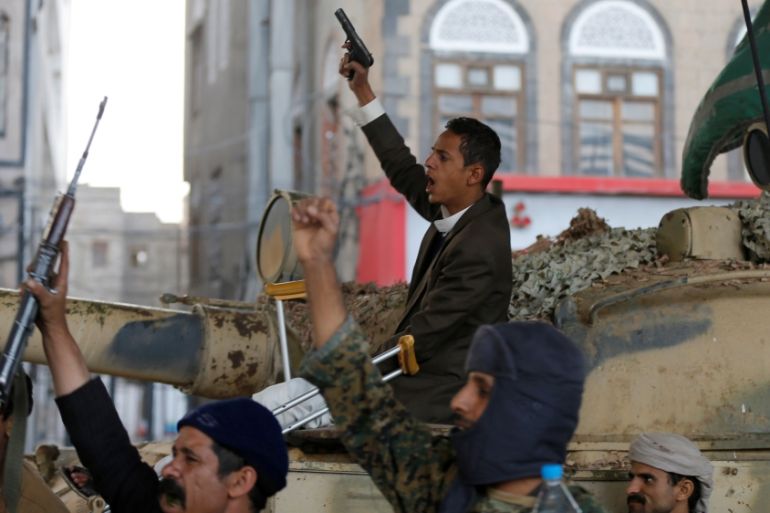Four things you may not know about Yemen
Where did the name ‘Houthi’ come from? What do the rebels want? What is Zaidism? And what is Yemen like today?

The situation in Yemen, a country crippled by war, took a dramatic turn on Monday with the killing of Ali Abdullah Saleh, the former president.
Here are four things you may not know about the country and its politics.
Where does the name Houthi come from?
Houthis are named as such because they follow a tribal leader in the north called Abdul Malik al-Houthi.
His family started to criticise the Yemeni government in the 1990s for its alignment with Saudi Arabia and the United States, demanding a more equitable share of development and political voice in the country.
What do the Houthis want?
The founder of the modern-day Houthi rebellion, Badr-eddin Houthi, was killed by Saleh’s forces in 2004. Saleh was Yemen’s president at the time.
The Houthis participated with other Yemenis in the Arab Spring of 2011, demanding the removal of Saleh. The Gulf Cooperation Council brokered an end to the popular uprising, retaining Saleh as president. He was finally removed in 2012.
In 2014, the Houthis aligned with Saleh and overtook the capital, Sanaa.
They have demanded a greater role in the government and a say in a new constitution. They opposed a plan to divide the country into six federal regions.
What is Zaidism?
Zaidism, which the Houthis adhere to, is a sect of Islam followed by about 35 percent of Yemenis.
It is a Shia sect close to Sunni Islam, but not the same as Iran‘s form of Shiism.
Not all Zaidis support the Houthi rebellion.
The Yemen war is not a religious war, although all sides claim that God is on their side.
For a few decades in pre-Islamic history, Yemen was part of the Persian Empire.
What is Yemen like now?
Yemen is the Arab world’s poorest country and its 27 million people have the lowest life expectancy in the region.
Devastated by war, it is home to the world’s largest humanitarian crisis, according to the United Nations.
The conflict and its economic effect are driving the largest food security emergency in the world: more than 17 million people in Yemen are currently food-insecure, of whom 6.8 million are severely food-insecure and in need of immediate aid.